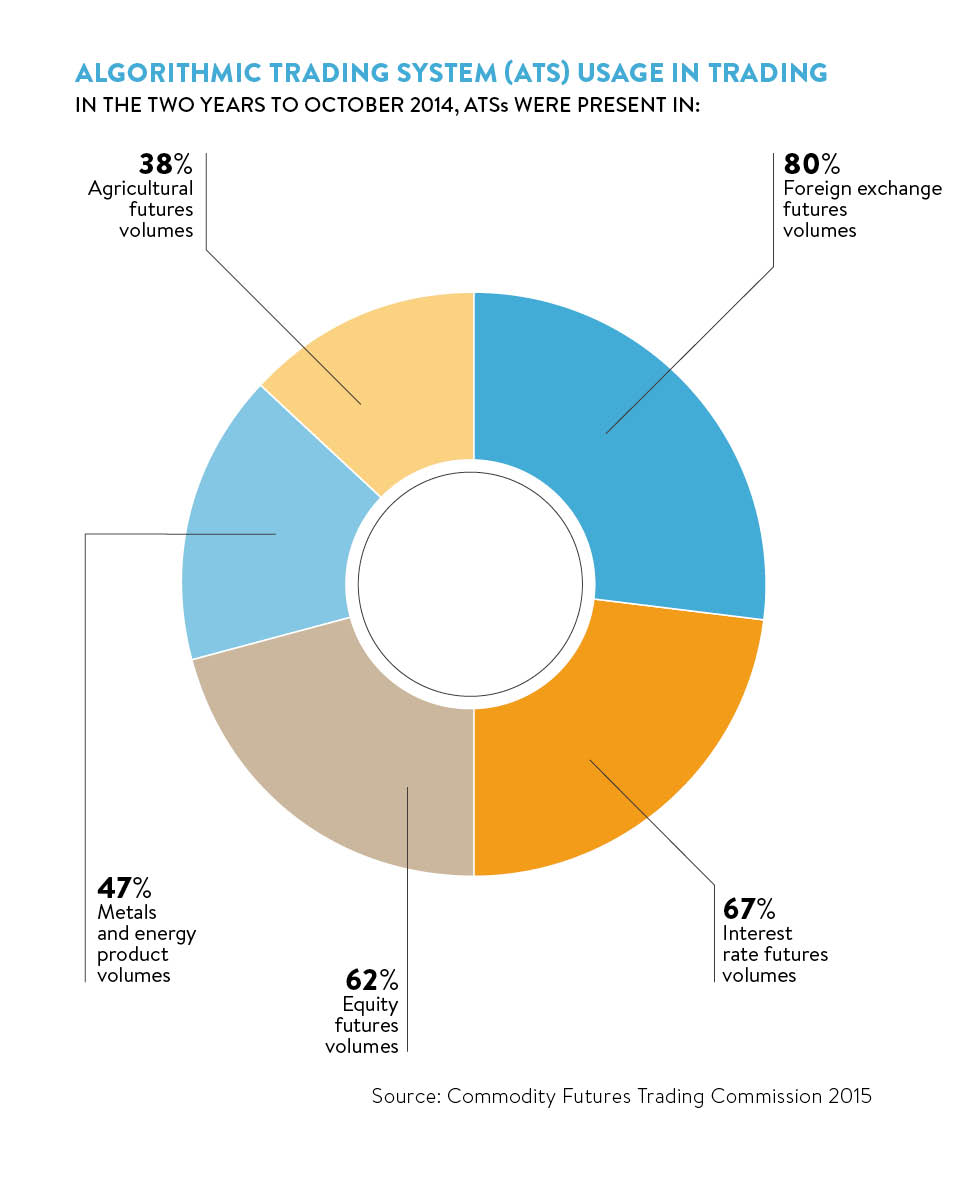The world of options trading has been revolutionized by the advent of algorithms, sophisticated computer programs that automate and optimize trade execution. From backtesting strategies to managing risk, algorithms have become indispensable tools for options traders seeking an edge in the volatile markets. In this comprehensive guide, we will delve into the fascinating world of algorithms for options trading, exploring their history, benefits, and intricacies.

Image: www.raconteur.net
Navigating the Complexities of Options Trading with Algorithms
Options are financial instruments that provide the buyer with the right but not the obligation to buy (call option) or sell (put option) an underlying asset at a predetermined price (strike price) on or before a specified date (expiration date). Unlike stocks or bonds, options offer complex leverage and hedging opportunities, but also carry inherent risks. Algorithms can navigate this complex landscape, processing vast amounts of data, executing trades, and managing positions with speed and accuracy.
The Evolution of Algorithmic Options Trading
The genesis of algorithmic options trading can be traced back to the 1980s, when rudimentary algorithms were developed to automate order placement. Since then, fueled by advancements in computing power and artificial intelligence, algorithms have evolved into highly sophisticated systems capable of executing intricate strategies, including delta-neutral trading, arbitrage, and volatility trading. The widespread adoption of electronic trading platforms further accelerated the integration of algorithms into options trading workflows.
Types and Functions of Options Trading Algorithms
The myriad of algorithms for options trading can be broadly classified into several categories, each tailored to specific trading styles and objectives.
- Execution Algorithms aim to minimize execution costs and slippage by finding the best prices in the market and optimizing order routing.
- Hedging Algorithms seek to protect traders from adverse price movements by dynamically adjusting hedging positions based on market conditions.
- Risk Management Algorithms monitor portfolio risk in real-time, adjusting positions or executing trades to maintain desired risk levels.
- Strategy Implementation Algorithms automate the implementation of complex trading strategies, including volatility trading, covered call writing, and option spreads.
- Backtesting Algorithms evaluate the performance of trading strategies by simulating trades based on historical market data.

Image: www.ccamonash.com.au
Benefits of Utilizing Algorithms in Options Trading
The incorporation of algorithms into options trading offers several compelling advantages, including:
- Enhanced Execution Speed: Algorithms can execute trades instantaneously, responding to market fluctuations and minimizing execution delays.
- Improved Accuracy: Algorithms eliminate human error and ensure precision in trade execution, order placement, and risk management.
- Optimized Strategies: Advanced algorithms can optimize trading strategies, identifying and capitalizing on market inefficiencies and opportunities that may be missed by human traders.
- Reduced Risk Exposure: Risk management algorithms continuously monitor market conditions and adjust positions accordingly, mitigating the impact of adverse price movements.
- Increased Efficiency: Algorithms automate repetitive tasks, such as data analysis and order placement, freeing up traders to focus on higher-value activities, such as strategy refinement and risk management.
Challenges and Considerations in Algorithmic Options Trading
Despite their numerous benefits, algorithmic options trading also presents certain challenges and considerations.
- Algorithmic Complexity: Developing and maintaining complex algorithms requires specialized technical skills and expertise.
- High Computing Costs: Advanced algorithms can demand significant computing resources, which can incur substantial costs.
- Dependence on Historical Data: Backtesting algorithms rely on historical market data, which may not accurately represent future market behavior.
- Risk of Over-Optimization: Overfitting algorithms to historical data can lead to poor performance in live trading environments.
- Regulatory Considerations: Algorithmic options trading is subject to regulatory scrutiny, and traders must comply with applicable laws and regulations.
Algorithms For Options Trading
https://youtube.com/watch?v=Uy6vsHIQYhg
Conclusion
The integration of algorithms into options trading has transformed the landscape of this complex and dynamic market. By automating trade execution, optimizing strategies, and managing risk, algorithms empower traders to navigate market intricacies with greater speed, accuracy, and efficiency. While challenges exist, the potential benefits of algorithmic options trading are undeniable. As algorithms continue to evolve and become more sophisticated, their role in options trading is only expected to grow, enabling traders to unlock new opportunities and achieve greater success in the competitive world of options.






